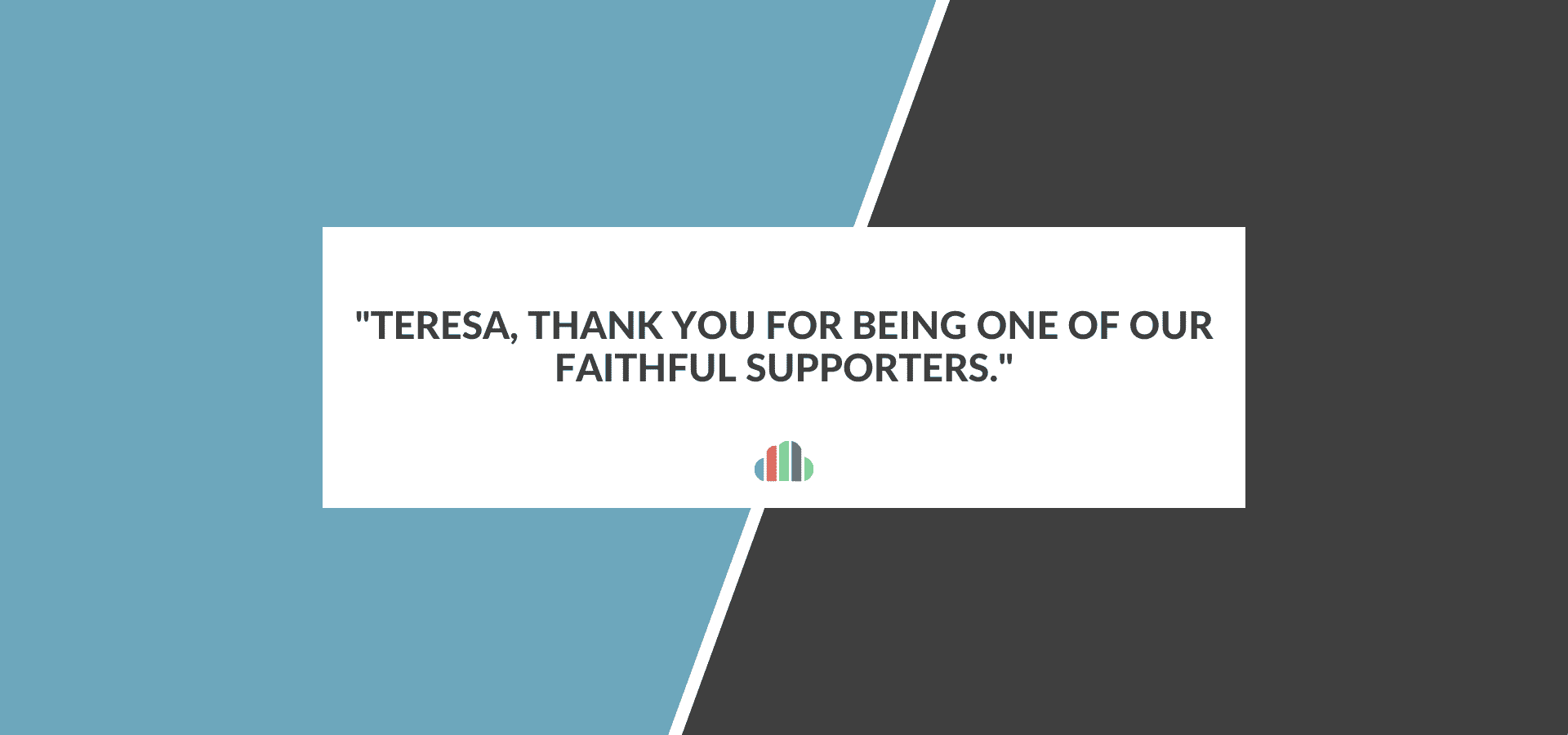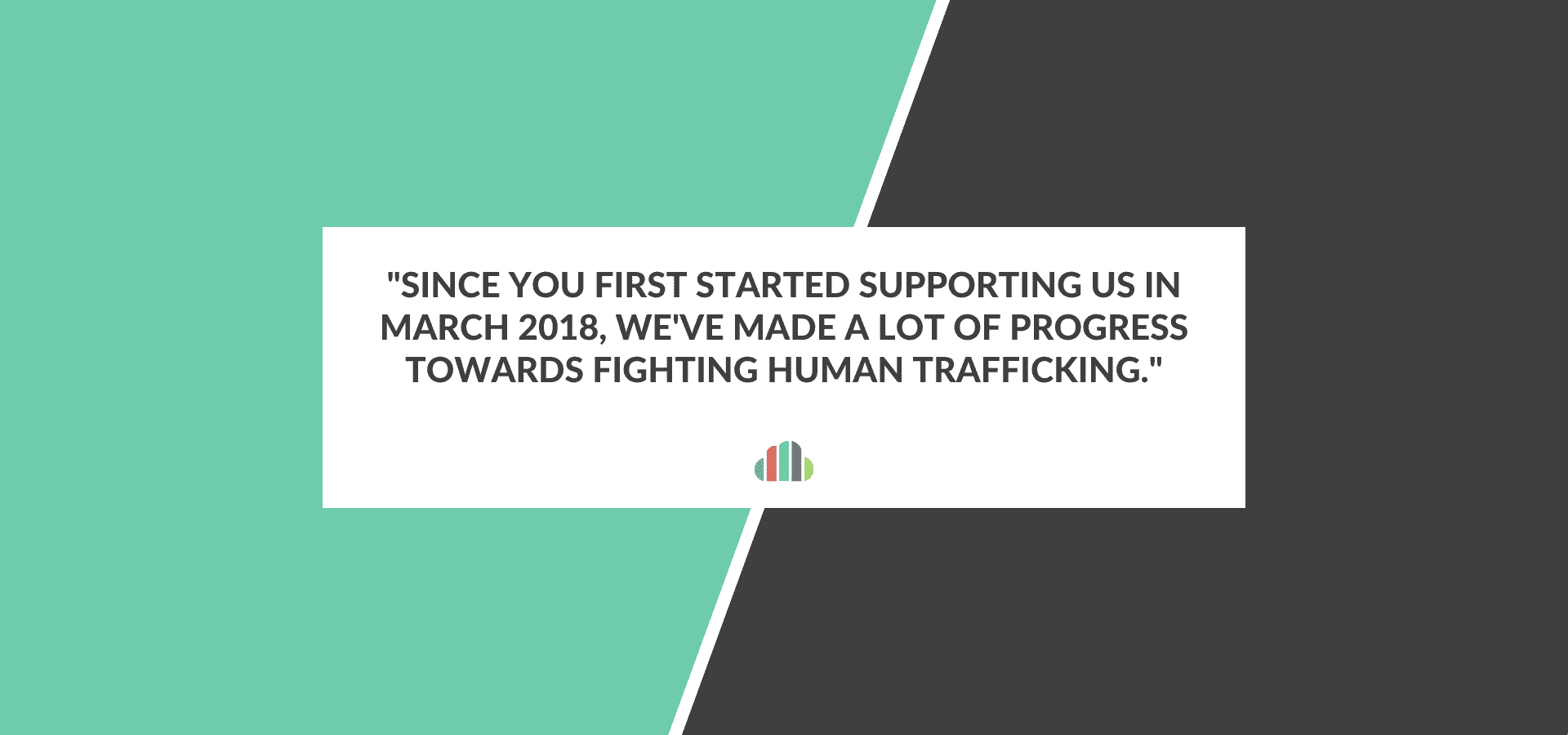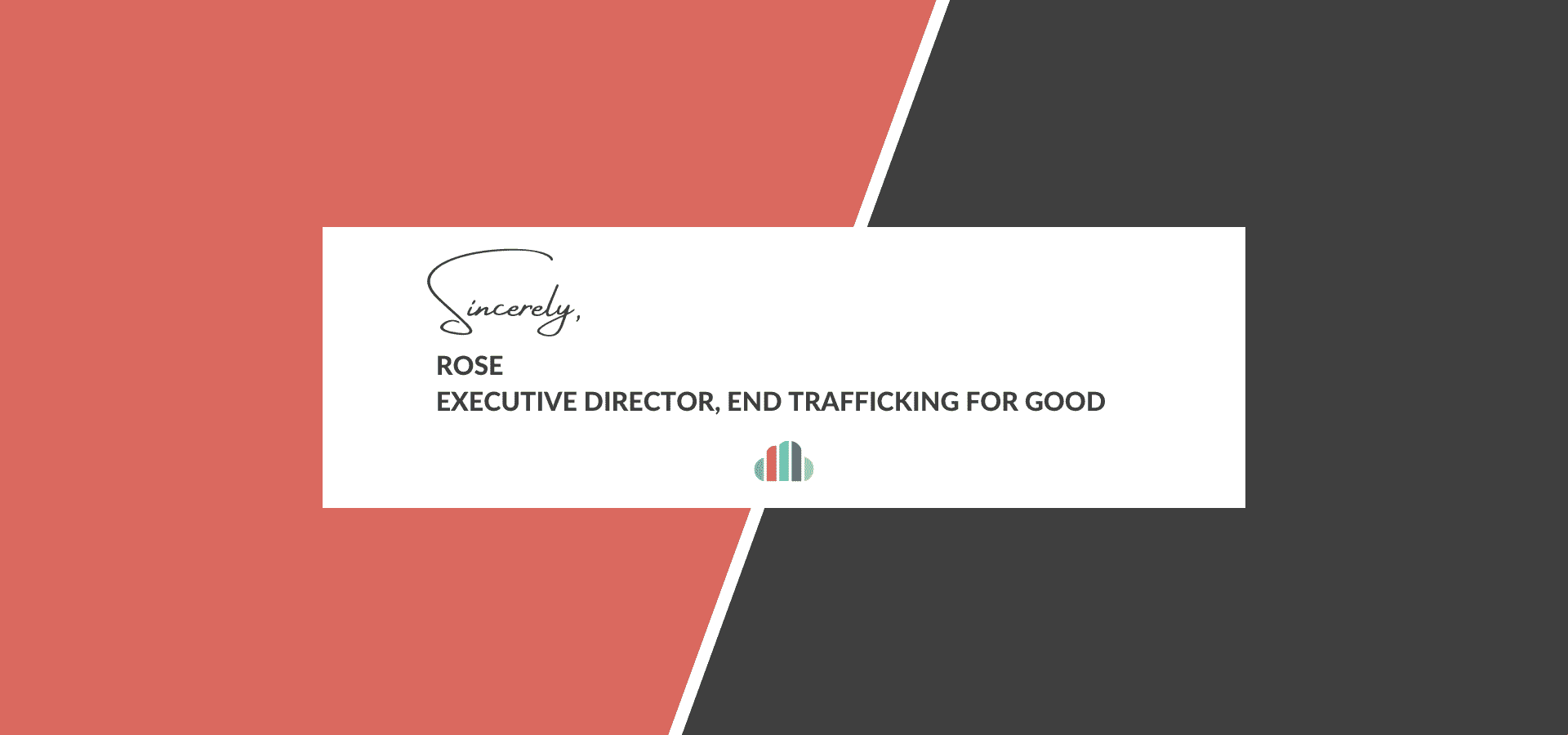7 Tips To Make Your Donor Thank You Letters Personal
![[Checklist] how to effectively personalize donor thank you letters header image](https://kindful.com/wp-content/uploads/Checklist-How-To-Effectively-Personalize-Your-Donor-Thank-You-Letters.jpg)
As you build relationships with your nonprofit supporters, it’s important that your donors feel known and appreciated. One way to do this is through a personal donor thank you letter.
There are several helpful resources on how to make your thank you letters effective and include the right components. In this article, we’ll focus on one of the most important aspects of your donor letter—making it personal. Making your communication personal helps your donors feel appreciated and strengthens the connection they feel with your organization.
Here are our 7 tips on making your donor thank you letters personal.
- Use Segmentation In Your Template
- Refer To Your Donor By Their Preferred Name
- Include The Ways The Donor Has Supported Your Nonprofit In The Past
- Be Human In Your Writing
- Show Your Donor How They Can Get More Involved
- Include Something Tangible
- Send A Thank You Letter To All Your Donors
1. Use Donor Segmentation In Your Thank You Letter Template
Though some nonprofits have the capacity to write completely unique donor thank you letters, it’s okay to use a template. A template doesn’t mean your letter isn’t personal. In fact, you can use donor segmentation to make every thank you note individualized.
To use segmentation effectively, it’s important to make sure your donor list is organized. Try to keep track of data like how you acquired your donor, when they first gave, and what event they attended last. You can use these segmentation fields in your letter to highlight how your donor has interacted with your nonprofit in the past.
- Try This: [Preferred first name], thank you for being one of our faithful supporters since [year of first gift].
- Not This: We’re glad you’ve been with us for so long.
2. Refer To Your Donor By Their Preferred Name

There are two ways of referring to your donor that can hurt your relationship with them. One is using a generic greeting like “Dear Supporter” or “Dear Important Donor.” The other is using a name that they don’t go by. Referring to your donors as nameless donors or by names they normally don’t go by can create distance and a disconnect.
There’s an easy solution to this: Make sure you have a preferred first name field in your donor database. Many donor management systems already have a built-in mail merge feature that will make it easy to automate this personalization tactic. Even if you’re using spreadsheets, keep track of your donor’s preferred first name, and you can use the mail merge feature on a word processor like Microsoft Word to personalize your letters with your donor’s first name.
- Try This: Refer to your donors by their preferred first name in the greeting and throughout your letter.
- Not This: Refer to your donors generically as “donors” or “supporters” or by a name they don’t normally go by.
3. Remind Your Donor Of The Relationship History With Your Organization

Many donations you receive will not be first-time gifts. Even if they are, they likely come from individuals who have interacted with your nonprofit in the past. Maybe they’ve volunteered, attended a gala, or subscribed to your newsletter.
When writing your donor thank you letters, make sure you include these details to highlight the relationship between your supporter and your organization. While you could look up every donor’s contact profile and be very specific with the details, this isn’t necessary. You can simply mention the donor’s first interaction with your organization. Including contact details is effective because they can be automated and will remind your donor why they chose to donate in the first place.
- Try This: Since you first started supporting us in [year of first gift], we’ve made a lot of progress towards our mission.
- Not This: We’ve made a lot of progress in the past few years.
4. Be Human When Writing Your Thank You Letters

Your donors want to know there’s a real person on the other end of their thank you note. One simple way to do this is to sign the letter with your name, not just the name of your organization. It’s common practice to sign off donor thank you letters with the name of your nonprofit’s Executive Director. Or you could sign off with the name of another team member, board member, or beneficiary.
Your tone in the letter will also reinforce the human connection. Be both professional and conversational. Avoid jargon that’s specific to the nonprofit sector or your cause. Remember that there’s a real person on the other side of your letter, too.
- Try This: Sign off with a real person’s name and keep a conversational tone.
- Not This: Sign off only with the name of your nonprofit, use nonprofit jargon, or use overly “corporate” language.
5. Show Your Donor How They Can Get More Involved
If you want your relationship with your donor to continue beyond the donation, don’t make them guess on how to engage next. If they’ve given recently, they’re probably already ready to connect more with your organization. That doesn’t mean immediately asking for another donation; save the ask for next time. Instead, offer ways for your donor to get more involved.
Share your social media handles, your website, your email, or other ways they can follow your work. Mention the next opportunity they have to attend a gala or virtual event or volunteer.
- Try This: If you’d like to stay in touch with us, follow us on social media! We’d also love for you to be a part of our upcoming virtual donor appreciation event.
- Not This: We hope you stay in touch with our work.
6. Include Something Tangible
In a world of digital communication, sending a tangible letter is a unique touch to help personalize your donation thank you note. One study even found that people remember 49% more when they receive direct mail versus email. Plus, with direct mail you get another opportunity to add personalization by addressing it to them on the envelope.
As a bonus, you can go the extra mile by including something for your donor that reminds them of your nonprofit. A sticker for their laptop, a picture for the refrigerator, or even a branded PopSocket are all ways to provide a sense of ownership for your donor and a talking point for their friends who may not know about your organization yet.
- Try This: Send a tangible thank you letter addressed to the donor, and if you can, include a small memento.
- Not This: Just send an email or other form of digital communication when it’s possible to send direct mail.
7. Send A Thank You Letter To All Your Donors
It’s important that you consider sending a donation thank you letter to all of your donors—not just the big ones. Showing your donors that you appreciate them, regardless of their donation level, is a way to be inclusive and let your supporters know than everyone’s contribution counts.
But if you’re like most nonprofit professionals, you’re stretched in many different directions all day, every day. This can make it hard to justify investing your time in writing a letter to every person who gives to your organization every time that they give. Even though you may feel like you don’t have the time, the truth is, by being creative and leveraging tactics like segmentation and automation, it may not take as much time as you think!
Remember: Your donor thank you letters don’t need to be an essay. If they’re personalized well, you can write concise notes that will go a long way in making you donors feel appreciated. Leverage your other staff members, board members, and long-term volunteers. Consider a donor management platform to help you automate your letter-writing process without having to compromise on keeping it personal.
- Try This: Find a way to send a thank you letter to every donor for every donation.
- Not This: Only thank your major givers or only thank your donors the first time they give.
If you get creative and take the time to thank all your donors personally, you’ll see the investment pay off as your supporters feel more appreciated, more connected, and more driven to get involved with your nonprofit.
Schedule a live demo with Bloomerang, and we’ll show you how easy it is to create and automate reports, utilize online and offline fundraising tools, quickly integrate and access all your data, and ultimately create more time to engage your donors.